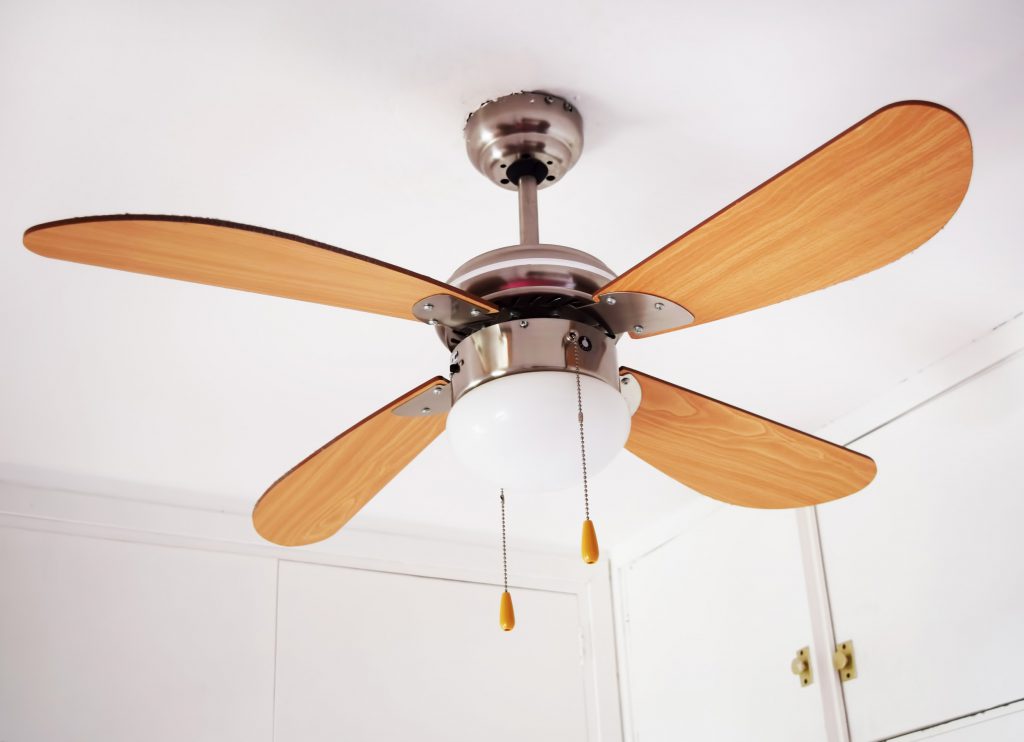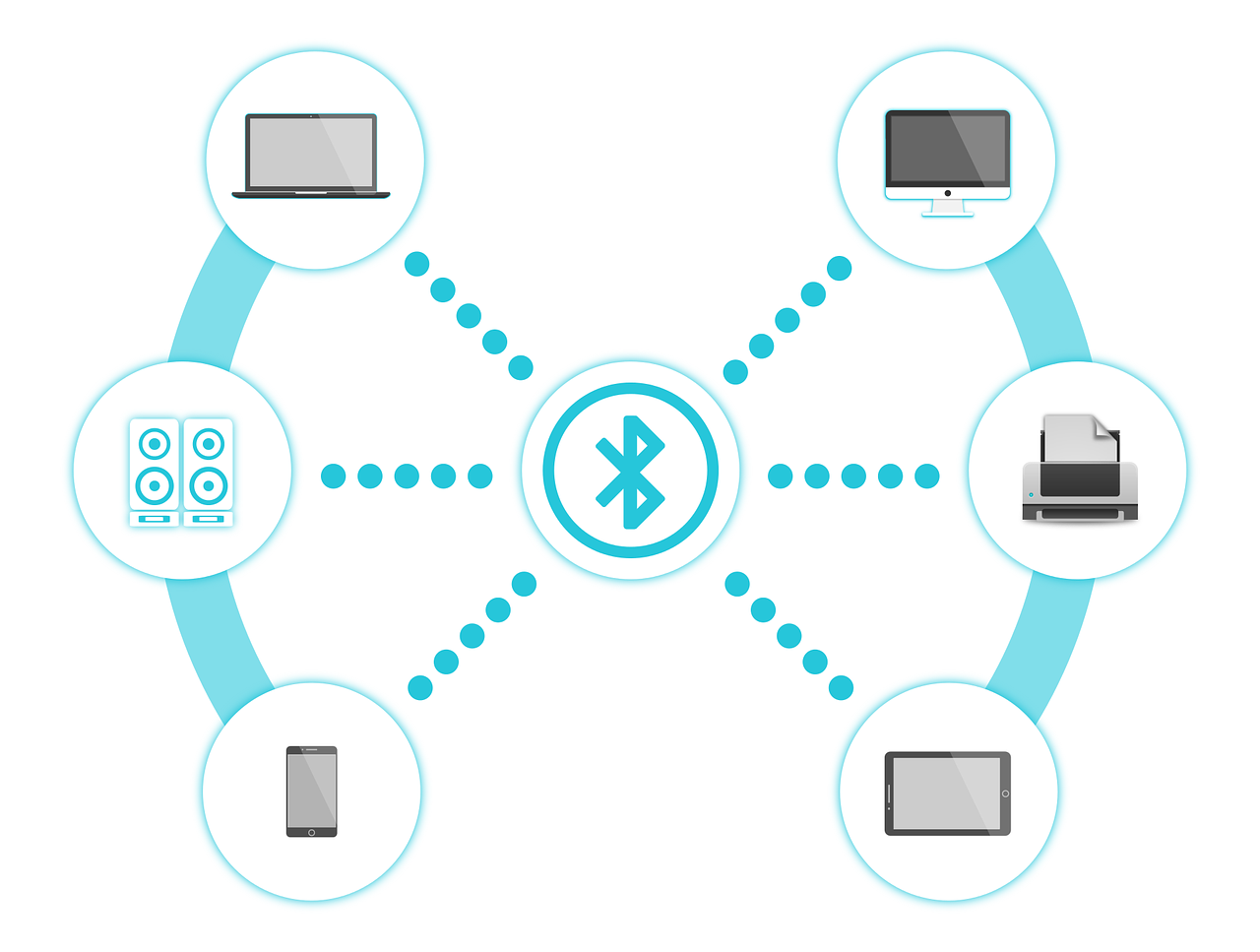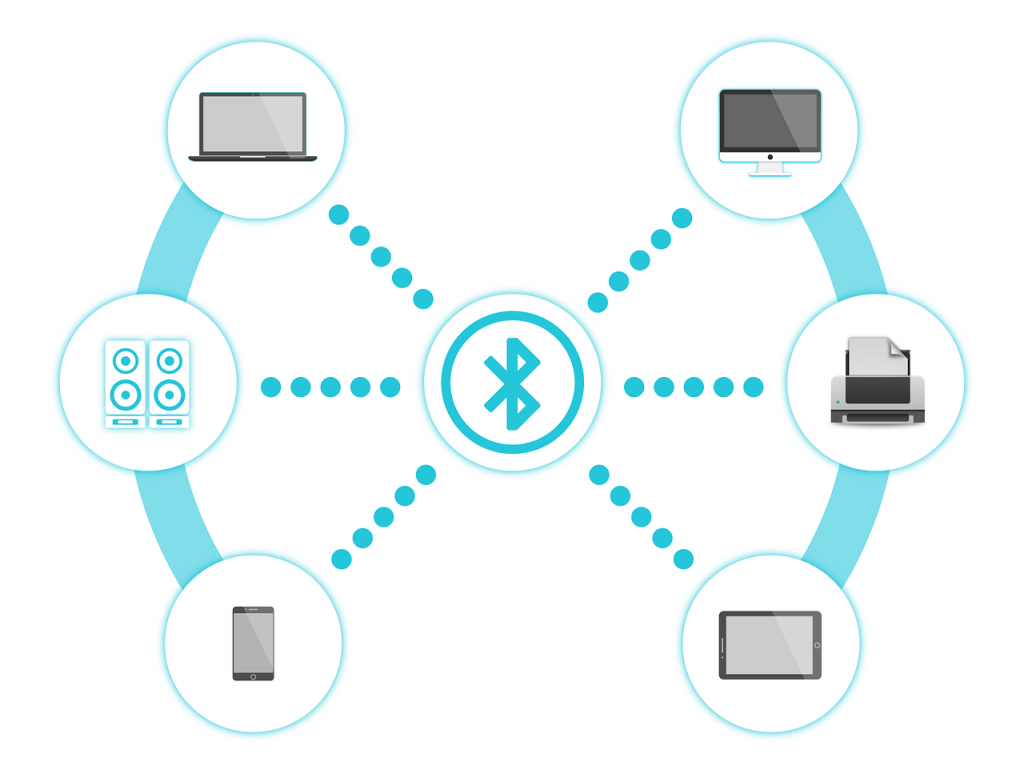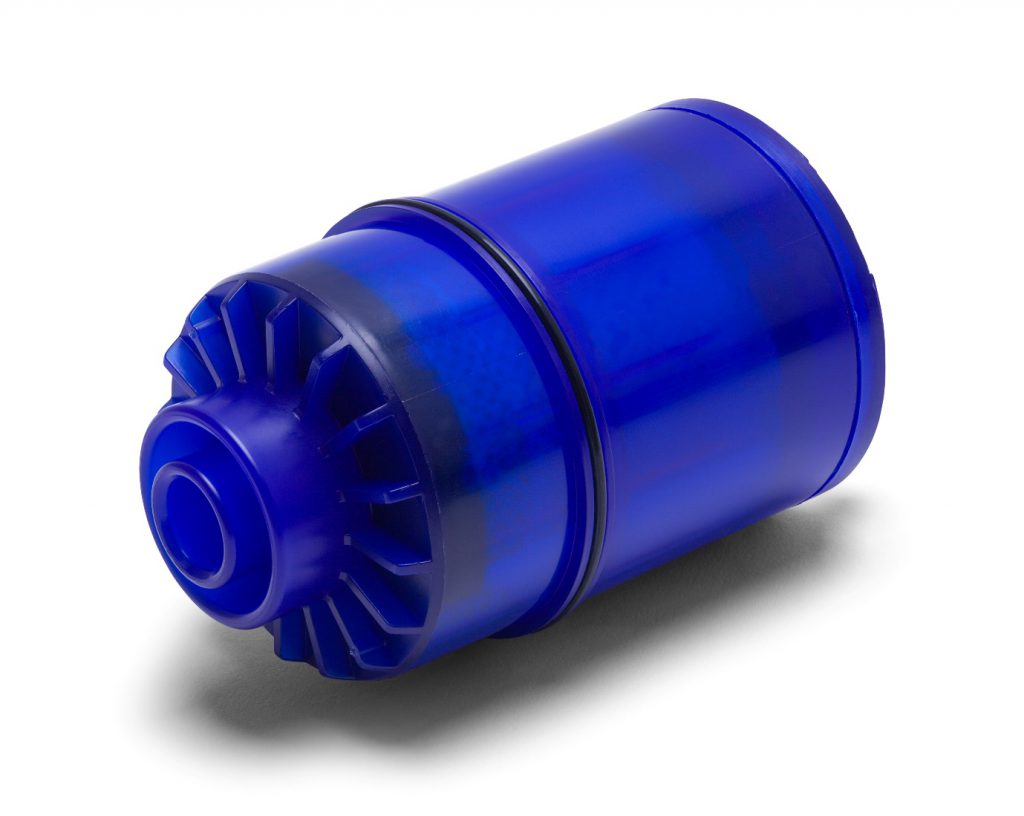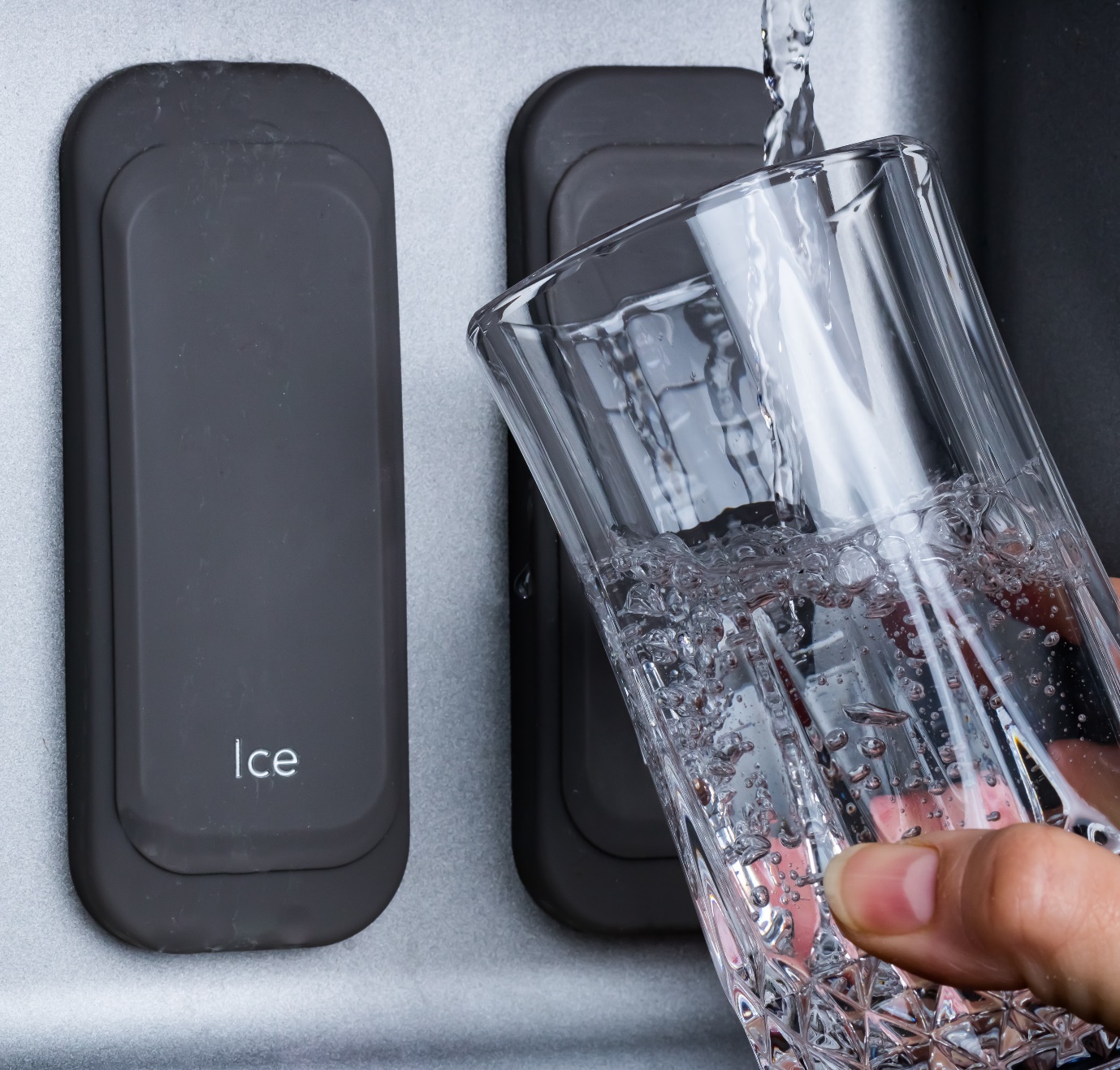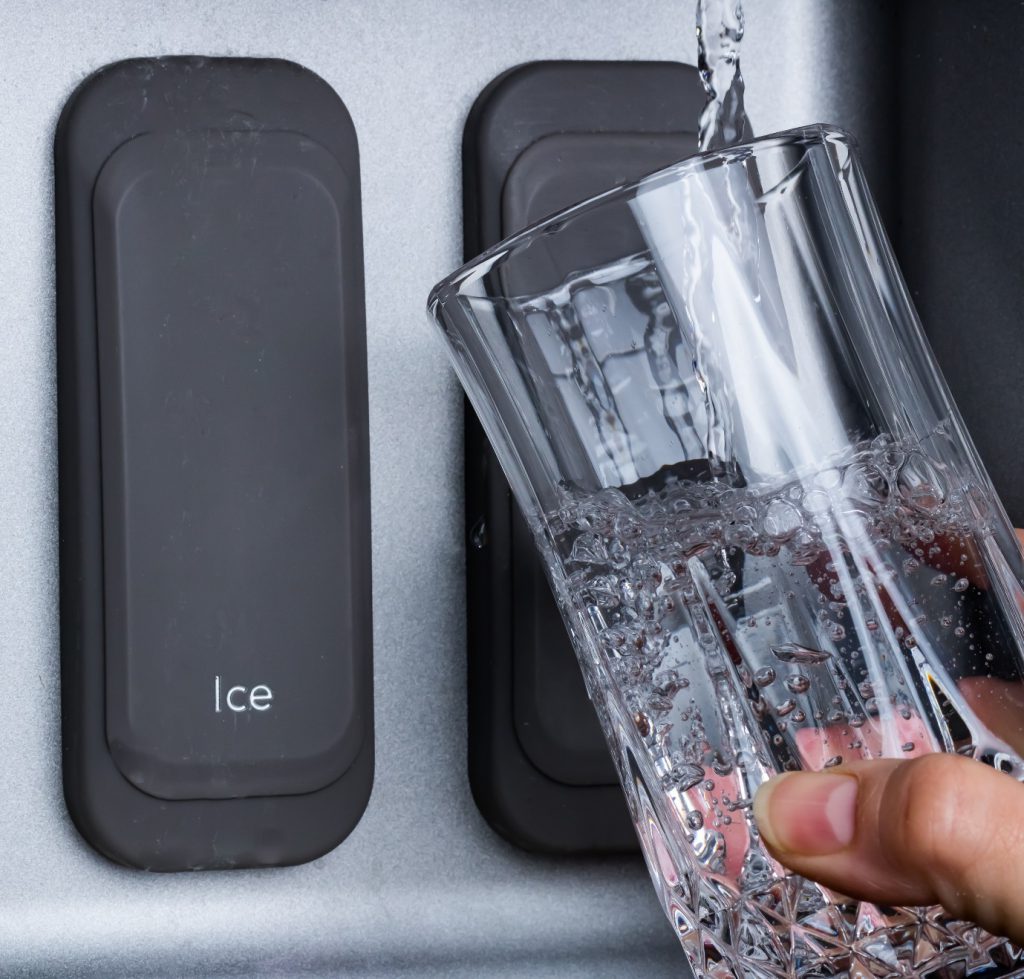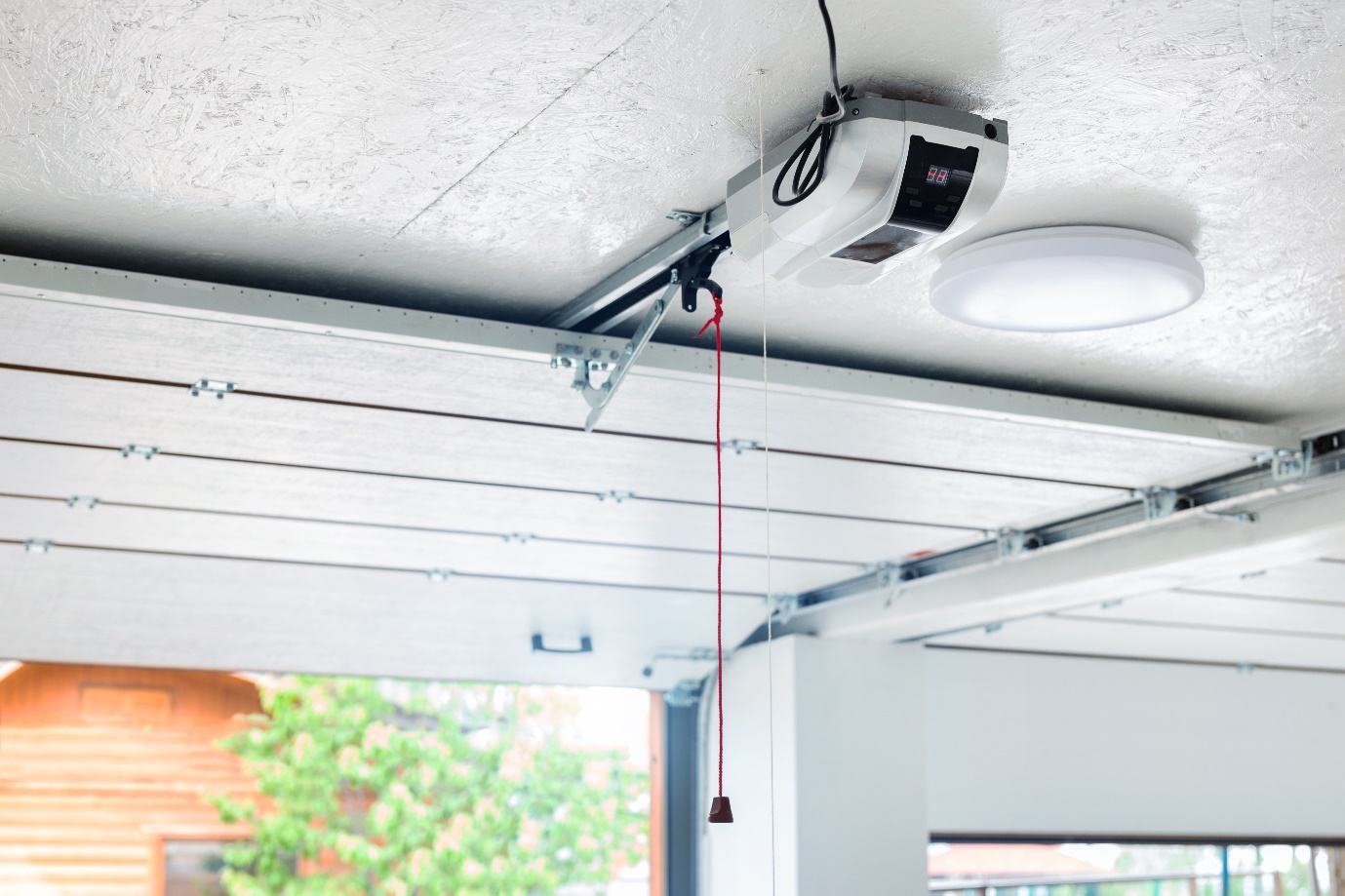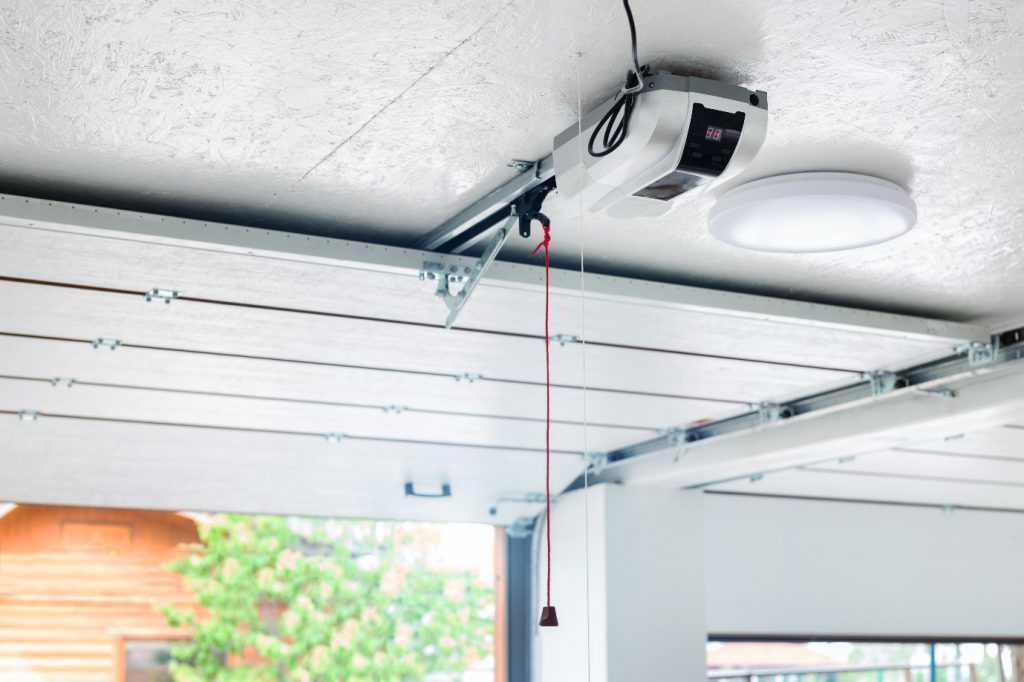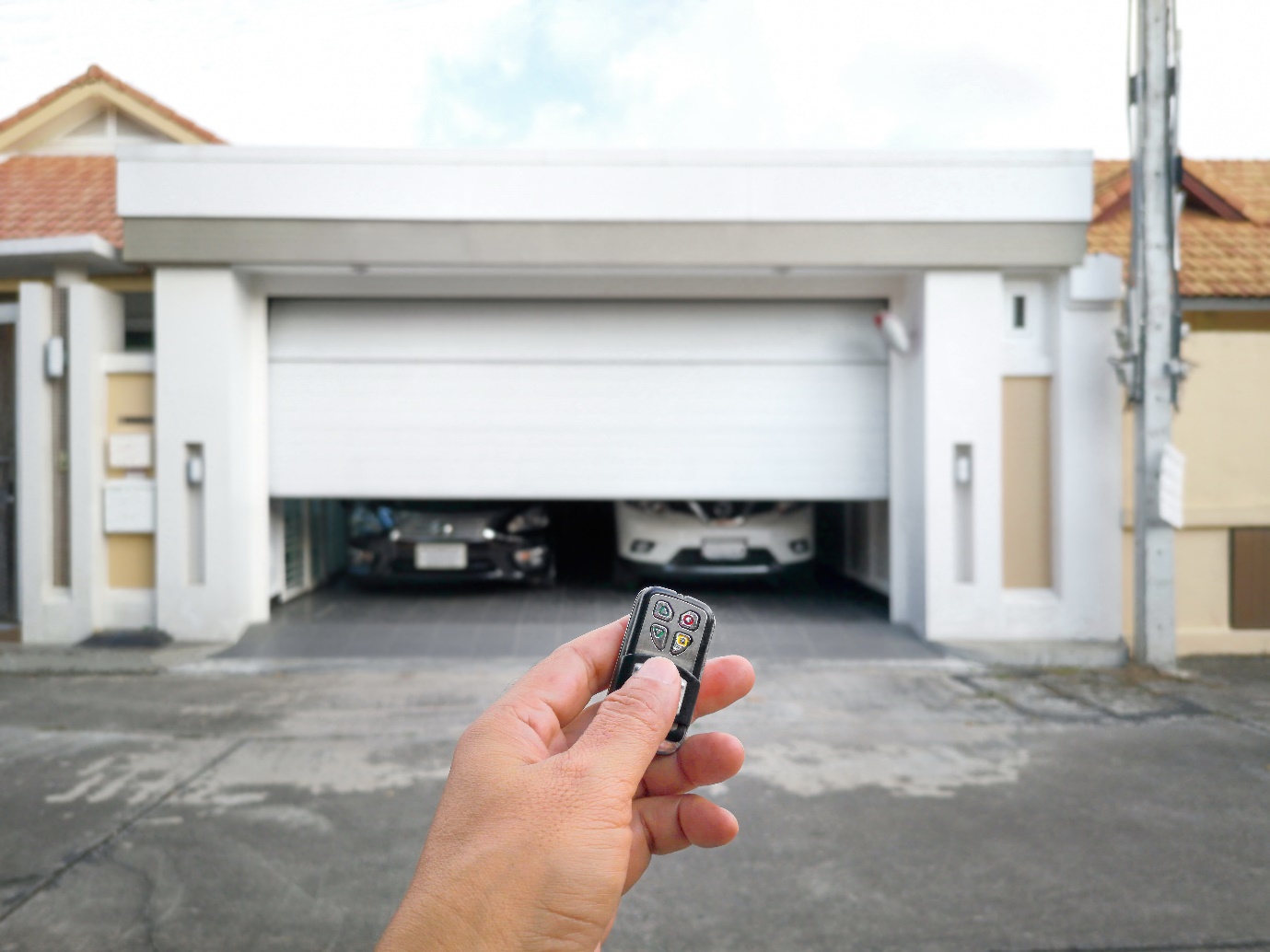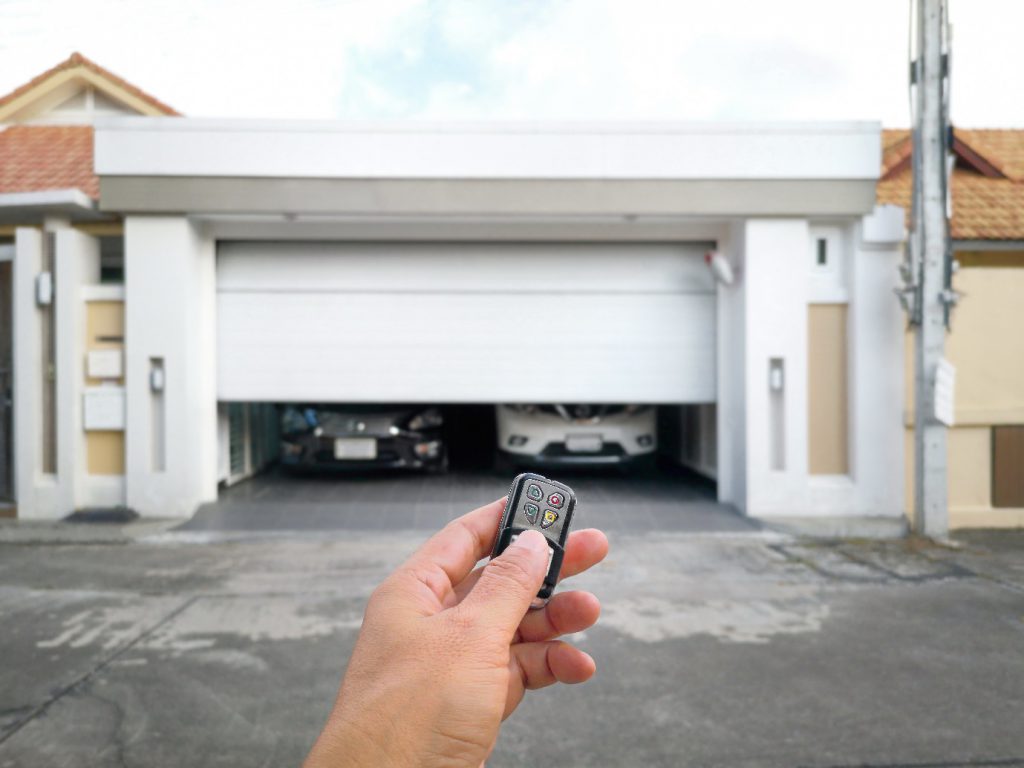It is important to select the right type of microphone for your audio needs. Using the wrong one is like using the wrong tool to try to get a job done. While you might get the job done, it will not be done as well as it could have been had you had the right tool.
It is essential to remember that there is not one microphone that will meet all of your needs. It can be necessary to switch between microphones, depending on the application to get the results you seek.
Two of the more common microphones you will encounter are condenser microphones and dynamic microphones. When comparing these two microphones, you need to consider more than whether you want a studio microphone or a live performance microphone. You also need to consider what you intend to use the microphone for, such as vocals, drums, or instruments.
What is a condenser microphone?
A condenser microphone is best used for at-home and studio recording applications. They are perfect for high-frequency sounds and vocals. They are highly accurate and capture sound in great detail.
Condenser mics are also used with home audio interfaces, such as receivers and amplifiers, to help calibrate surround sound systems and speakers used in the room.
A condenser microphone consists of three basic components to capture sound—a diaphragm, a backplate, and a diaphragm case. The diaphragm is lightweight and suspended in place by the backplate.
When sound waves pass through the condenser microphone, it causes pressure on the diaphragm, causing it to vibrate and move. Due to the sensitivity of the diaphragm, it can pick up even the most sensitive sounds.
Condenser microphones do require a power source. Most people plug them into their preamp, as there is a connection on the back for condenser microphones called phantom power. Some condenser microphone models can also operate off batteries.
What is a dynamic microphone?
A dynamic microphone is a great solution when you want to capture louder sounds or intend to use the microphone in a live environment. Dynamic microphones are not as sensitive as condenser mics. As such, they are preferred for live performances.
A dynamic microphone also consists of three basic components—a diaphragm, a voice coil, and magnets. As sound waves pass through the dynamic mic, it causes pressure on the diaphragm, making it vibrate.
The sound vibrations cause the coil to move back and forth between two magnets. The moving coil produces electrical signals to help power the microphone.
The coil does not always vibrate enough at lower sound frequencies and extremely high sound frequencies. It also has difficulties picking up extremely quiet sounds.
Where are condenser microphones used?
Condenser microphones are excellent for capturing vocals, acoustic guitars, and drum overheads. Additionally, condenser mics are ideally suited for picking up quieter sounds and very low and very high sound frequencies. However, they are not the best solution for louder instruments, such as bass amplifiers, guitar amplifiers, and closeup drum beats.
Where are dynamic microphones used?
Dynamic microphones are used for live performances, loud sounds, drums, and amps. Their construction makes them more rugged compared to condenser mics. As a result, if someone does a mic drop with a dynamic mic, it is less likely to get damaged.
Dynamic mics are also moisture-resistant and can withstand other types of abuse much better than condenser microphones. Not to mention, they require very little maintenance and can last a long time. However, if you want to pick up more sensitive sounds or sounds at lower and higher frequencies, then they are not the best solution.
What industries prefer condenser microphones?
Sound studios, recording studios, and at-home users prefer condenser microphones because of their more precise frequency response. Sound stages, like those used for movie and TV shows, also tend to use condenser mics because they pick up sounds with a higher sensitivity.
What industries prefer dynamic microphones?
Concert halls, rock clubs, karaoke clubs, and other live venues will favor dynamic microphones. They are also better suited when recording louder souls like live instruments, drums, and amplifiers.
Dynamic vs. Condenser Mic: Choosing the Right One
For example, if you want to record your vocals at home or in a recording studio, then you will want to choose a condenser microphone. On the other hand, if you will be singing live in front of an audience, then you would want a dynamic mic.
If you want to record playing your acoustic guitar, you want a condenser mic. Yet, if you wanted to record a bass guitar or were using a guitar amp, then you would want a dynamic microphone.
For concert performances, a dynamic mic is a better option, although, if you want to record the performance, then you would want to use condenser mics to make the recording.
As you can see, dynamic and condenser mics are designed for different purposes and applications. So, choosing the right one ultimately comes down to how you intend to use the microphone, where you will use it, and the type of applications you will use it with.
Now that you know the basics about condenser vs. dynamic microphones, you are sure to choose the right one for your needs.
To find audio and video receiver and amplifier condenser microphones, please feel free to explore our selections online or contact Replacement Remotes at 855-573-6683 today!


